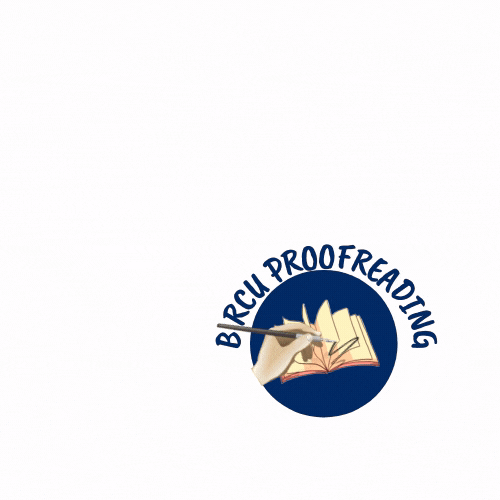Methodological Approaches to Reception Analysis Research in Ghanaian Media Studies
Abstract
Reception Analysis audience research since its evolution from the German Reception Theory of the Constance School has been beset with varied methodological issues. This is stridently because reception analysis per se straddles both the humanities and the social sciences. This paper attempts to set off the methodological perspective that can enable audience researchers in the field of media studies in Africa conduct reliable and valid reception analysis research. This paper posits the qualitative method as a viable analytical tool for reception researchers. Additionally, this paper takes into consideration factors in the social systems in which media discourses are embedded. These factors enable the generation of interpretative strategies shared by individuals belonging to a specific audience group within a specified cultural context. In the light of this, these interpretative repertoires can thus serve as veritable texts that could be analyzed in reception analysis research.
Keywords
Full Text:
PDFReferences
Creswell, J.W., & Creswell, J.D. (2018). Research Design: Qualitative, Quantitative, and Mixed Methods Approaches. (Fifth edition). Los Angeles: SAGE.
Dahler-Larsen, P. (2008). Displaying Qualitative Data. Odense: University Press of Southern Denmark.
Hagen, I. (1992) News Viewing Ideals and Everyday Practices: The Ambivalences Of Watching Dagsrevyen Phd Dissertation. Dept of Mass Communication: University of Bergen.
Hoijer, B. (1988). “Studying Viewers’ Reception of TV programmes: Theoretical and Methodological Considerations” . European Journal of Communication 5 (1): 29-56.
Hoijer, B. (2008). “Ontological Assumptions and Generalizations in Qualitative (Audience) Research. European Journal of Communication 23 (3): 275-295
Jensen, K. B. (1986) Making Sense of the News. Aarhus: Aarhus University Press.
Jensen, K. B. (1988). “Answering the Question. What is Reception Analysis” . Nordicom- Information (3):3-5.
Jensen, K.B. & Rosengren, K.E. (1990) “Five Traditions in Search for the Audience”. European Journal of Communication 5: 207-239.
Jensen, K. B. & Jankowski, N.W. (eds). (1991). A Handbook of Qualitative Methodologies for Mass Communication. London: Routledge.
Jensen, K. B. (eds) (2020) A Handbook of Media and Communication Research: Qualitative and Quantitative Methodologies. London: Routledge.
Juliati, J. (2021) “Attitudes of the Community Daily Behaviour in Television News as a Mirror of Civic Education (Pkn) ”. Budapest International Research and Critics Institute (Birci-journal),Vol.4, No. 1.
Kinoshita, Y. (2004). “Reception Theory” https:// aueo.org/index-reception-theory.pdf (accessed 12/02/2021)
Larsen, P. (1991) “Qualitative Content Analysis. Between ‘Çritical Theory’and Semiotics” in Ronning H. & Lundby , K. (eds).Media and Communication: Readings in Methodology, History and Culture , Oslo: NUP:67-84.
Martin, J. (2018). “Audiences and Reception Theory” http://www.sociologymadesimple.com/wp-content/uploads/2018/07/juliemartin-audiencesreception.pdf (accessed 27/01/2021).
Meyrowitz, J. (1985) No Sense of Place: the Impact of Electronic Media on Social Behaviour. Oxford: Oxford University Press.
Moores, S. (1993) Interpreting Audiences: The Ethnography of Media Consumption. London: Sage.
Syahira, T.A., Sinar, T. S., Lubis, M. (2021). “Types of Modality in News Item is Used in the Texts News in the Jakarta Post Newspaper”. Budapest International Research and Critics Institute (Birci-journal), Vol.4 No. 1
Thompson, M.P. (1993). “Reception Theory and the Interpretation of Historical Meaning”. https://doi.org/10.2307/2505525 (accessed 27/01/2021)
DOI: https://doi.org/10.33258/birci.v4i1.1786
Article Metrics
Abstract view : 557 timesPDF - 239 times
Refbacks
- There are currently no refbacks.

This work is licensed under a Creative Commons Attribution-ShareAlike 4.0 International License.

This work is licensed under a Creative Commons Attribution-ShareAlike 4.0 International License.

_.gif)

















_.gif)



